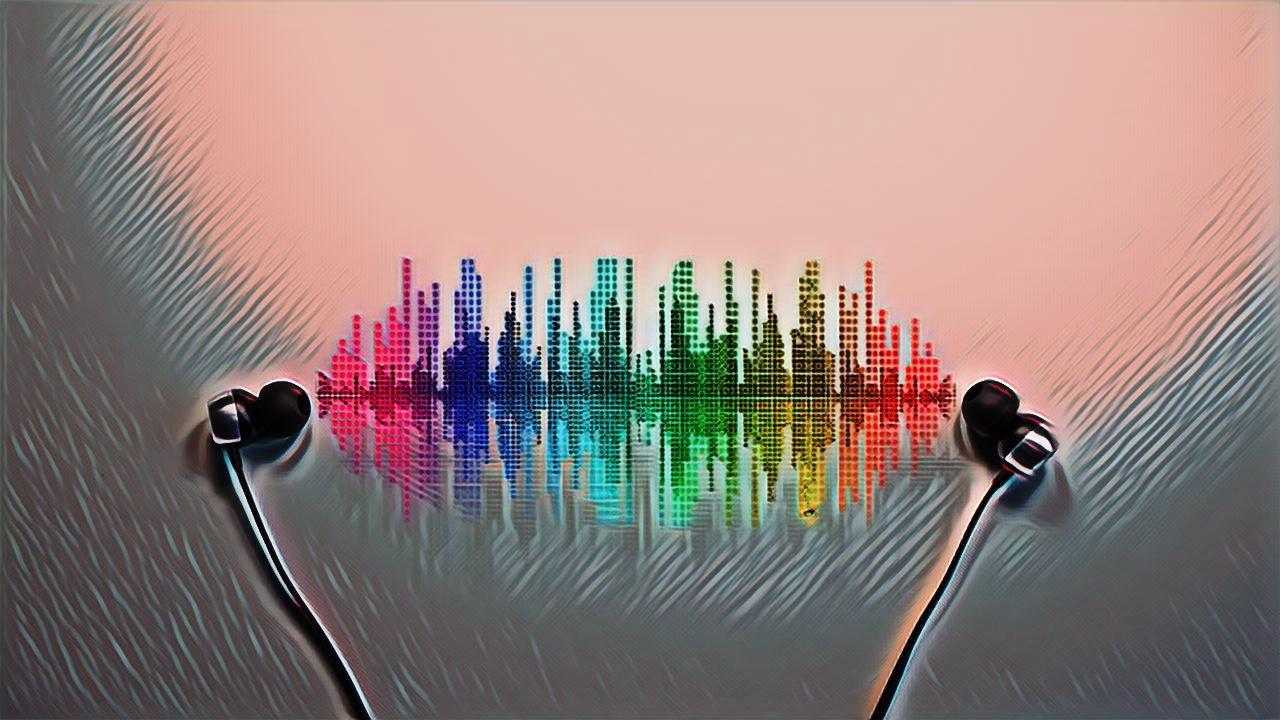تاريخ ظاهرة تداخل الحواس ( السيناستيجيا – Synesthesia )

بقلم : د على ناصر ، د منى عكاشة
القرن العشرون: بداية البحث العصبي
مع تقدم علم الأعصاب وعلم النفس، بدأ العلماء بإجراء تجارب مخبرية لدراسة السيناستيجيا. في ثمانينيات القرن العشرين، أجرى عالم النفس الأمريكي ريتشارد سيتويك (Richard Cytowic) تجارب أظهرت أن السيناستيجيا ليست مجرد تخيّل، بل هي تجربة حقيقية تنعكس في الدماغ. ومع ظهور تقنيات تصوير الدماغ في منتصف العقد الأول من الألفية الجديدة، مثل التصوير بالرنين المغناطيسي الوظيفي (fMRI)، تم إثبات أن الأشخاص الذين يتمتعون بالسيناستيجيا يظهرون نشاطًا عصبيًا غير معتاد عند تلقي المحفزات الحسية المختلفة.

القرن الحادي والعشرون: الاعتراف الواسع بالسيناستيجيا
في العقود الأخيرة، أصبح الاهتمام بالسيناستيجيا أكثر انتشارًا في الأوساط العلمية والفنية. أظهرت دراسات أن السيناستيجيا قد تكون ناتجة عن تزامن غير عادي بين مناطق الدماغ المسؤولة عن الحواس المختلفة. كما وجد الباحثون أن الظاهرة قد تكون وراثية، حيث تنتشر بين العائلات التي يتمتع أفرادها بهذه الظاهرة بشكل أكبر.
بالإضافة إلى الدراسات العلمية، ألهمت السيناستيجيا العديد من الفنانين والموسيقيين، مثل الملحن الروسي ألكسندر سكريابين (Alexander Scriabin) والرسام فاسيلي كاندينسكي (Wassily Kandinsky)، اللذين استخدما تجاربهما الحسية في أعمالهما الفنية.
على مدار القرون، انتقلت السيناستيجيا من كونها فكرة فلسفية غامضة إلى ظاهرة علمية معترف بها، تجمع بين الفنون وعلم الأعصاب في آنٍ واحد. ومع استمرار تقدم التكنولوجيا، من المحتمل أن يتم كتشف المزيد عن هذه الظاهرة الفريدة، وكيف يمكن أن تساعد في فهم الدماغ البشري وإدراكه الحسي المعقد.

History of the phenomenon of sense interference (Synesthesia)
20th century: The beginning of neural research
As neuroscience and psychology advanced, scientists began to conduct laboratory experiments to study synastigia. In the 1980s, American psychologist Richard Cytowic conducted experiments that showed that synastegia is not just imagination, but a real experiment reflected in the brain. With the emergence of brain imaging techniques in the mid-2000s, such as functional magnetic resonance imaging (fMRI), it has been shown that people with synastegia exhibit unusual neurological activity when receiving various sensory stimuli.
Twenty-first century: Wide recognition of Synastegia
In recent decades, interest in synasistics has become more widespread in scientific and technical circles. Studies have shown that synastigia may be caused by unusual synchronization between the regions of the brain responsible for the different senses. The researchers also found that the phenomenon may be genetic, as it spreads among families whose members enjoy this phenomenon more.
In addition to scientific studies, Synastegia inspired many artists and musicians, such as the Russian composer Alexander Scriabin and the painter Wassily Kandinsky, who used their sensory experiences in their artworks.
Over the centuries, Synastegia has gone from being a mysterious philosophical idea to a recognized scientific phenomenon, combining arts and neuroscience at the same time. As technology continues to advance, it is likely that more will be discovered about this unique phenomenon, and how it can help understand the human brain and its complex sensory perception.





